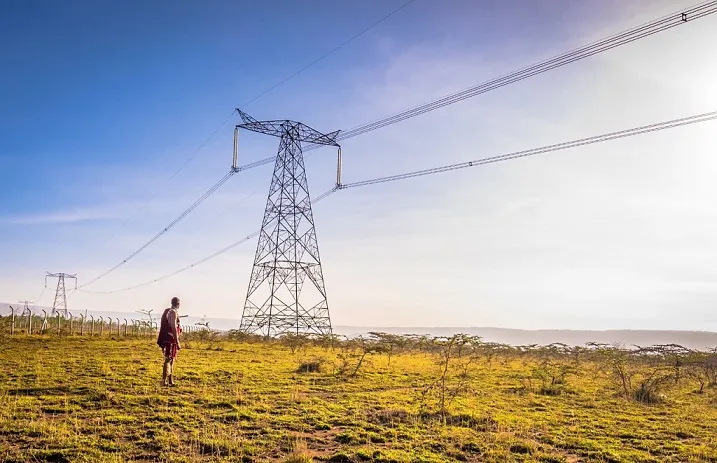Kenya’s electricity consumption has surged to a historic high of 2,362.28 megawatts (MW), driven largely by increased demand across households and industries. According to the Kenya Electricity Generating Company (KenGen), the achievement was powered primarily by renewable energy sources geothermal and hydropower which played a pivotal role in maintaining grid stability and preventing outages.
Data from the Energy and Petroleum Regulatory Authority (EPRA) reveals that geothermal generation stood at 13,678.35 megawatt-hours (MWh), accounting for 31.85% of the total power supplied to the national grid. Hydropower followed closely with 10,915.93 MWh, contributing 25.42%. Together, these two renewable sources delivered 57% of the country’s daily electricity generation.
KenGen CEO Peter Njenga underscored the company’s commitment to bolstering Kenya’s energy resilience through clean power. “We are committed to supplying steady and reliable baseload power to light our homes and drive Kenya’s industrialisation. This is why in our 10-year G2G strategy, we are working to deliver 1,500MW of electricity all from renewable sources including geothermal, hydro, wind and solar,” he said.
The total energy demand for the day reached 42,943.11 MWh. While other sources including thermal, wind, and power imported through interconnectors with Uganda and Ethiopia also contributed, KenGen emphasized that consistent output from indigenous geothermal and hydro resources ensured uninterrupted supply.
Among hydropower plants, the Kiambere station was a standout performer, producing 2,908 MWh 23.31% above dispatch projections. Other major hydro stations like Gitaru, Kamburu, and Masinga also played critical roles, despite variable river flows affecting output.
However, the rising demand is exerting pressure on the country’s transmission infrastructure. KenGen reported that key lines such as Muhoroni-Chemosit and Kisumu-Muhoroni exceeded 120% capacity, signalling the urgent need for upgrades and reinforcement.
As Kenya pushes forward with its green energy ambitions, the new consumption milestone highlights both the progress made in renewable energy deployment and the infrastructural challenges that lie ahead.

